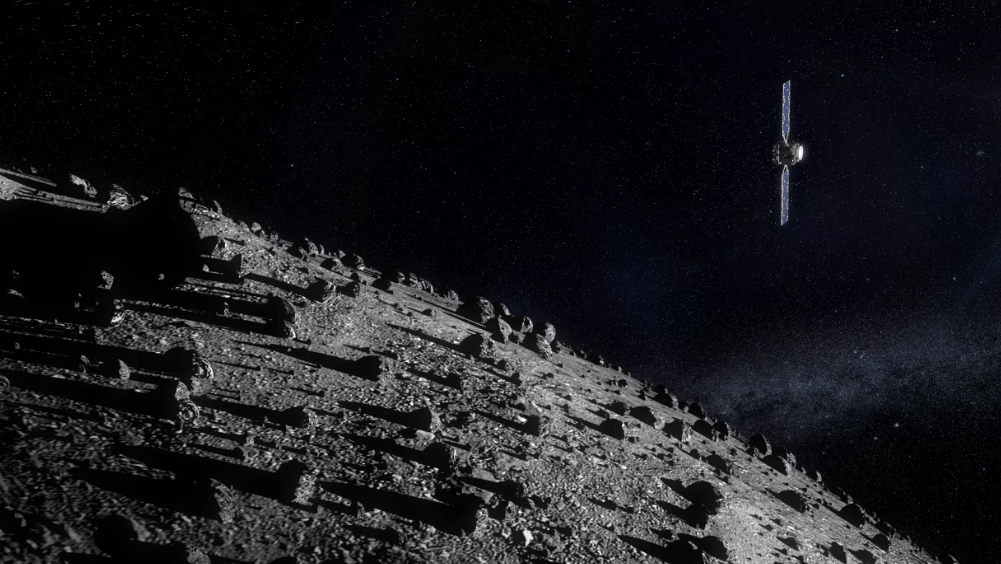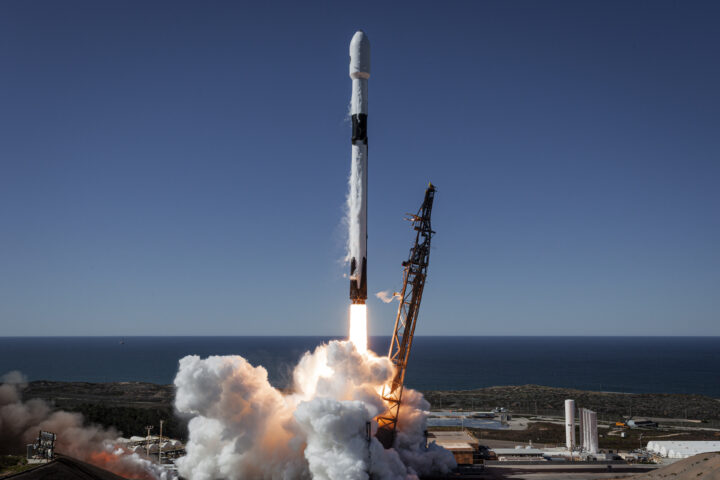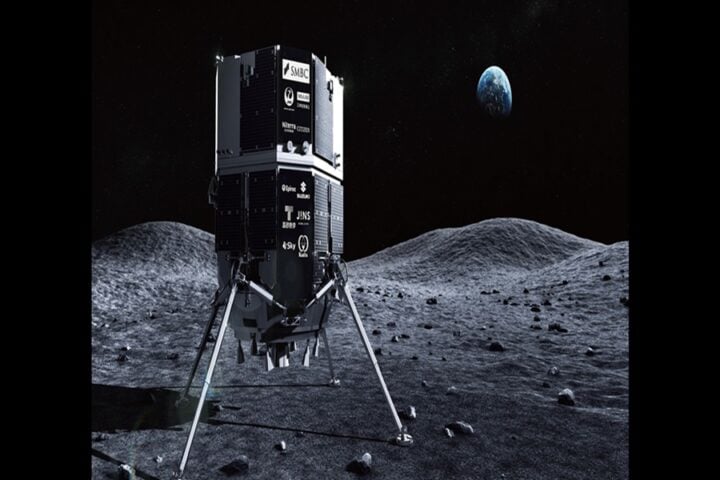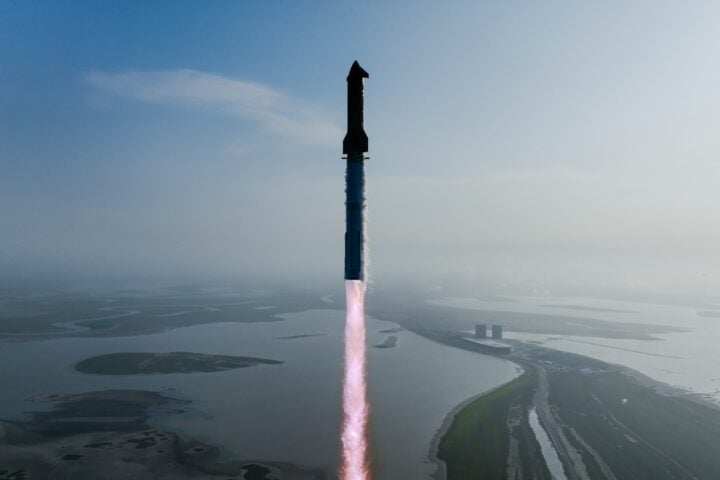The European Space Agency (ESA) has successfully launched its Hera mission, which is a pivotal step taken toward planetary defense, marking a new chapter in humanity’s efforts to protect Earth from potential asteroid impacts. The spacecraft lifted off on October 7, 2024, at 10:52 local time from Cape Canaveral Space Force Station in Florida, USA, using a SpaceX Falcon 9 rocket.
Hera’s primary objective is to conduct a detailed post-impact survey of the asteroid Dimorphos, which was intentionally struck by NASA’s Double Asteroid Redirection Test (DART) mission spacecraft in September 2022. This mission aims to assess the effectiveness of the kinetic impact technique for asteroid deflection, a strategy that could prove crucial for future planetary defense efforts

Key Mission Details
- Launch Date: October 7, 2024
- Expected Arrival at Dimorphos: August 2026
- Mission Duration: Approximately two years
- Target: Dimorphos (moon of asteroid Didymos)
- Dimorphos Size: 525 feet (160 meters) in diameter
- Didymos Size: 2,559 feet (780 meters) in diameter

Scientific Objectives and Instrumentation
Hera carries a suite of 12 instruments designed to gather comprehensive data about the Didymos-Dimorphos system. The mission will:
- Measure the mass of Dimorphos
- Analyze the asteroid’s composition in terms of minerals.
- Study the impact curve left by DART
- Assess the effectiveness of the kinetic impact technique.
Two CubeSats, Juventas and Milani, will accompany Hera, each equipped with specialized instruments:
- Juventas: Carries a radar instrument to probe beneath the asteroids’ surfaces.
- Milani: have a multispectral imager onboard to map minerals and dust.
Dr. Patrick Michel, principal investigator of the Hera mission, stated, “DART’s impact was like the first episode in a cosmic adventure—a spectacular flash seen across space that left scientists with the question: what happened next?.” This mission is critical for understanding the full consequences of asteroid deflection attempts and refining future planetary defense strategies.

Similar Posts
Technological Advancements
Hera demonstrates several technological advancements:
- Autonomous navigation in ultra-low-gravity environments
- Close proximity operations around small celestial bodies
- Inter-satellite communication between the main spacecraft and CubeSats
Additionally, the Hera mission exemplifies international cooperation in space exploration and planetary defence:
- ESA leads the mission with contributions from 18 European member states.
- Japan’s space agency JAXA provided one of the scientific instruments.
- The mission builds upon NASA’s DART project, forming a comprehensive asteroid deflection experiment.

Potential Risks and Benefits
While the Didymos-Dimorphos system poses no threat to Earth, the mission addresses a critical aspect of planetary defence. Asteroids of Dimorphos size are difficult to detect from Earth, but these asteroids can cause significant damage if they impact our planet. The 2013 Chelyabinsk event in Russia, caused by a house-sized asteroid, demonstrated the potential dangers of even smaller objects.
As Hera embarks on its journey, the scientific community eagerly awaits the data it will provide. The mission’s findings could shape future asteroid deflection strategies and enhance our understanding of near-Earth objects. However, experts caution that while the DART mission successfully altered Dimorphos’s orbit, each asteroid presents unique challenges for deflection efforts.

Conclusion
The Hera mission represents a significant step toward developing our planetary defense capabilities. By providing crucial data on asteroid composition, structure, and behavior following an impact, Hera will help scientists and policymakers take educated decisions to protect our Earth from potential asteroid threats. As we venture further into space exploration, missions like Hera remind us of the importance of understanding and mitigating cosmic risks to our home planet.


















